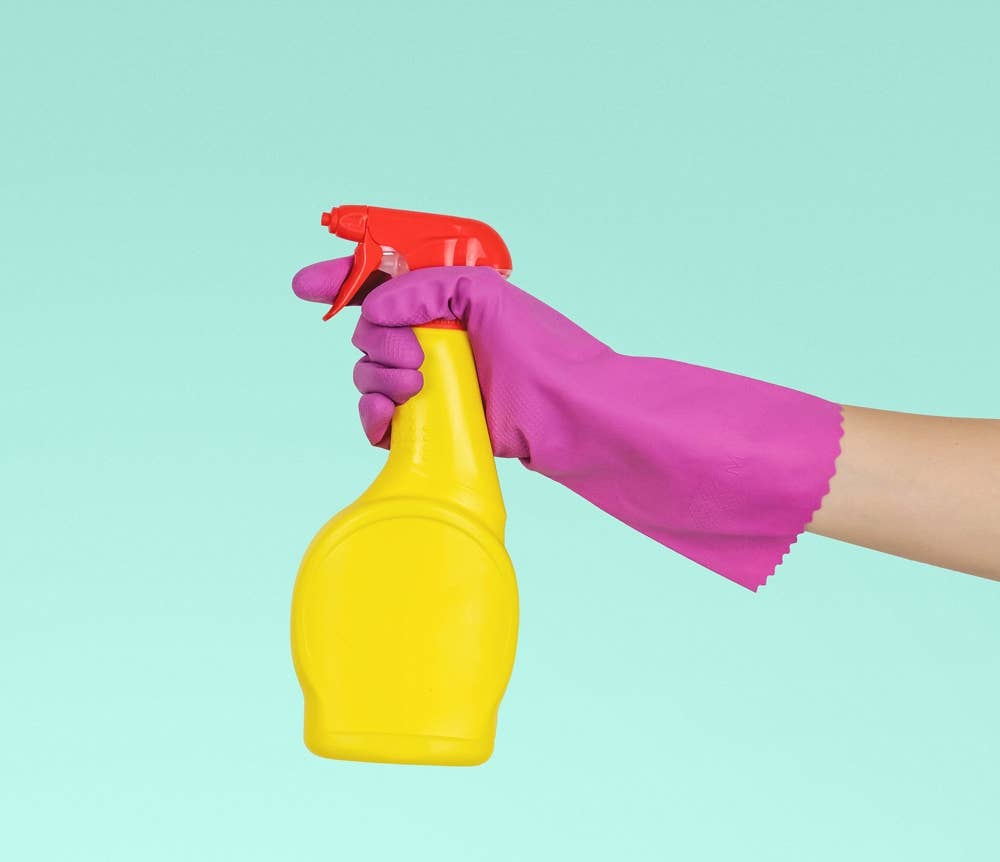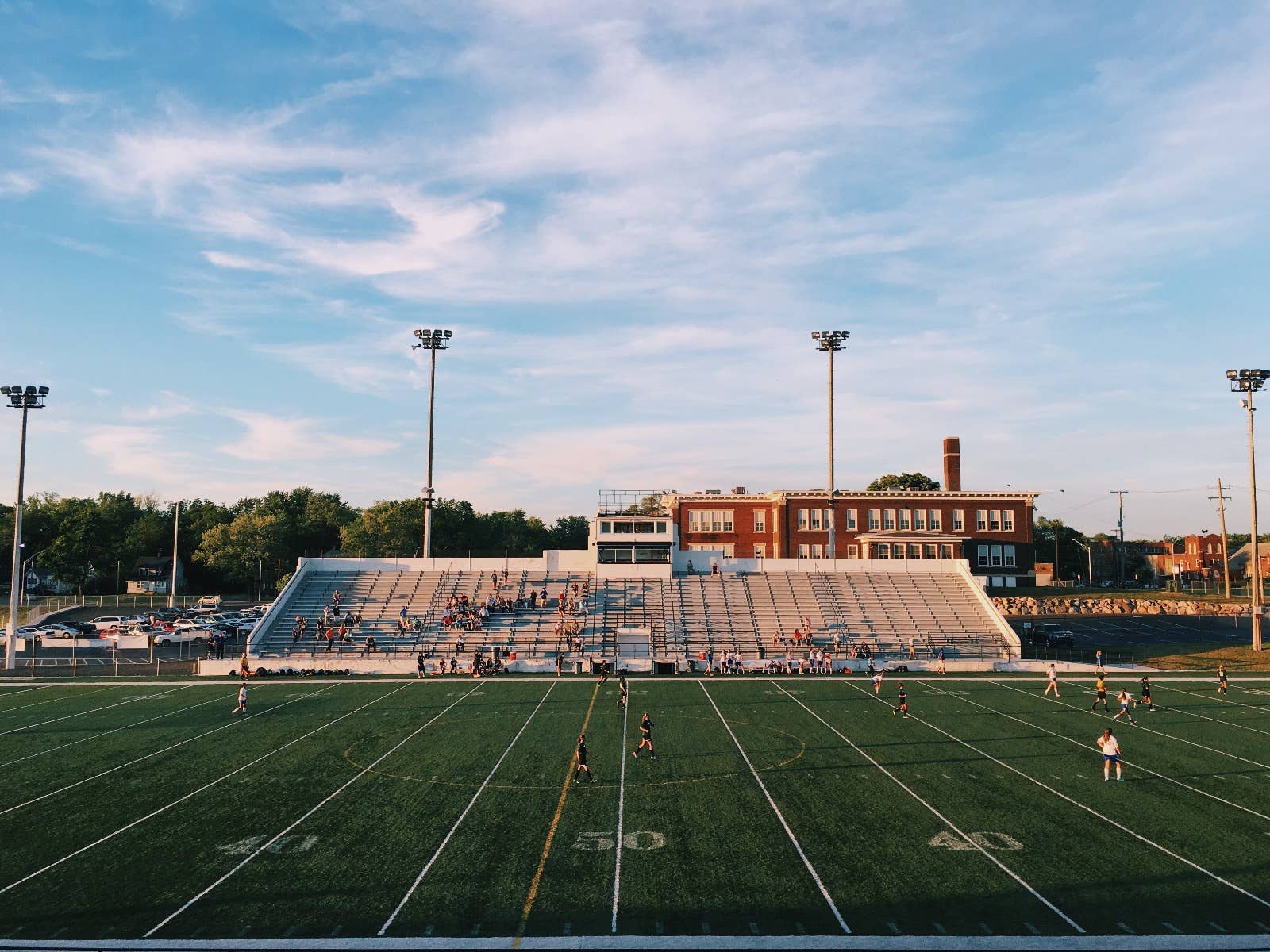10 Must-Take Steps Before Reopening Your School This Fall

Knowing when to reopen only plays a small part. Being prepared for the reentry of students during a pandemic is much more complex. “There will need to be reassurances to staff, families, and students that schools are safe places”, says longtime superintendent and CEO of PDK International, Josh Starr. (2) Facility managers and school officials will need to have policies and procedures in place to reassure students and parents that they can return safely.
“Facility managers can help assure building occupants they are welcome and safe, even as the threat of coronavirus lingers in their minds.” (5) To do this, we’ve created a 10-step guide on how to reopen your school safely this fall.
#1: Conduct building inspections and prioritize maintenance tasks
Facility or maintenance managers need to plan and prioritize their projects, which in the long run, will save the school money. Then make the necessary repairs and upgrades. 
#2: Complete top-to-bottom cleaning and thorough disinfection
Be sure to follow CDC's guidelines for cleaning and disinfecting your school for reopening. Download a copy of "Guidance for Cleaning and Disinfecting Public Spaces, Workplaces, Businesses, Schools, and Homes." This document provides a general framework for cleaning and disinfection practices. Links to specific recommendations for many public spaces that use this framework can be found at the end of the document. To learn more, download the Schools Decision Tree from the Centers for Disease Control and Prevention or visit the web page.
#3: Assess and update all policies, procedures, and protocols
Review, update or create written cleaning and disinfecting program, daily cleaning and disinfecting policies, preventative measures, outbreak preparedness, and spotlight on cleaning products. Be sure to include educating and training staff of these new and updated policies, and engage with them to be sure they are following procedures and answer any questions they may have. (4)
 #4: Demonstrate care for building occupants
#4: Demonstrate care for building occupants
Create a desirable environment by eliminating foul odors, creating fresh scents, and elevating the visibility of cleaning, and those who clean. By visibly demonstrating care for building occupants this will create trust and comfort for students, families, and staff. If your building smells clean and fresh and occupants can see that cleaning is a top priority, it will set their minds at ease and allows them to focus on learning activities. (5)
#5: Make hygiene a top priority
Make it easy for students and staff to sanitize hands and disinfect surfaces by providing hand sanitizer at entrances and outside of offices and classrooms, allow more time between classes for restroom use and proper handwashing, and provide wipes for all classrooms and offices. 
#6: Devise plans that reflect physical-distancing protocols
From classroom spaces and class schedules to transportation and meal distribution, these will need to be addressed in order to maintain social distancing guidelines. Rearrangement of classroom seating may be necessary to keep students at safe distances. Creating additional "lunch hours" to allow for smaller groups at a time in the cafeteria with seating arranged at safe distances. Breaking up of class schedules to allow for smaller groups in classrooms, and adjusting bus schedules may able help reduce the number of students in areas, at the same time, to allow for safe distancing. These are all things to take into consideration during planning.
 #7: Implement crowd control barriers and social distancing reminders
#7: Implement crowd control barriers and social distancing reminders
Require and enforce social distancing rules by implementing crowd control barriers, social distancing floor decals, and other health and safety signage regarding COVID-19. Do not allow large gatherings such as assemblies, sports games, or parent-teacher conferences. (5,3)
#8: Consider new school calendar
Create a plan to make up for lost learning, whether that means starting early, extending through next summer, or both. Have procedures and guidelines in place for rolling closures and continuity-of-learning plans for these intermittent disruptions. (3,2,1)
 #9: Plan for whole-child supports and teacher support
#9: Plan for whole-child supports and teacher support
Plan for the implementation or increase of whole-child supports for social-emotional learning and trauma due to the effects of the pandemic. Be prepared to adjust teacher responsibilities and school teacher models to reflect new and changing staffing needs, to protect vulnerable educators, and provide a safe and productive environment. (1)
#10: Prepare for distance learning
Assess what is working or not working with remote learning this spring and then begin planning on how to fill those gaps to be better prepared. (1)
“[Schools] are bedrock community institutions. They play an enormous role in the social and emotional well-being of millions of kids, who are currently stuck at home, with overburdened or anxious parents, isolated from friends and mentors, and cut off from healthy pursuits.” (2) This is why it's essential that schools not only take care when deciding to reopen but that they have a plan in place that keeps students healthy and safe as well as prevent unnecessary interruptions in their learning.
We hope that you found this guide helpful. To learn more about solutions to common school maintenance concerns, please visit the School Fix® Blog, or explore our collections of products, we have everything from locker parts to parking lot barricades and even whiteboards!
References
1. Bailey, John P., & Hess, Frederick M. The 6 areas of work needed to reopen schools. May 1, 2020. Published in Print: May 13, 2020, as A Blueprint for Reopening This Fall: What Will It Take to Get Schools Ready? Vol. 39, Issue 32, Page 19. https://www.edweek.org/ew/articles/2020/05/01/a-blueprint-for-reopening-this-fall-what.html
2. Hess, Frederick M. When Schools Get Green Light To Open, They Must Be Ready To Go. April 15, 2020. https://www.forbes.com/sites/frederickhess/2020/04/15/when-schools-get-green-light-to-open-they-must-be-ready-to-go/#7c5c85c28e83
3. Hounsell, Dan. How Will Schools Operate Post-Pandemic? May 20, 2020. https://www.facilitiesnet.com/facilitiesmanagement/tip/How-Will-Schools-Operate-PostPandemic--46178
4. Strazdas, Lori. 3 Steps to Take Before Reopening Your Facility. May 11, 2020. https://www.cmmonline.com/articles/3-steps-to-take-before-reopening-your-facility
5. Whiting, Chris. 5 Best Practices for Reopening Your Facility. May 1, 2020. https://www.cmmonline.com/articles/5-best-practices-for-reopening-your-facility


 #4: Demonstrate care for building occupants
#4: Demonstrate care for building occupants #7: Implement crowd control barriers and social distancing reminders
#7: Implement crowd control barriers and social distancing reminders #9: Plan for whole-child supports and teacher support
#9: Plan for whole-child supports and teacher support
